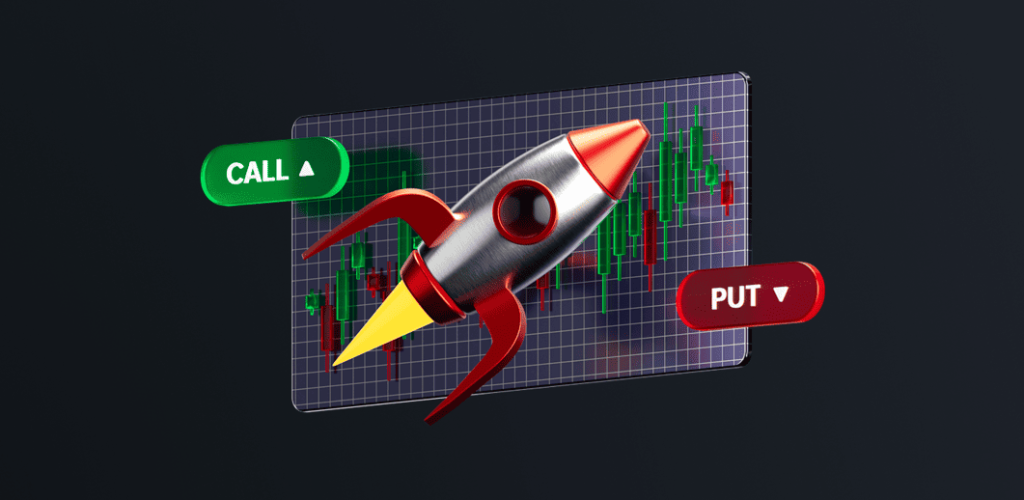
5 Day Trading Rules You Have to Know
Contents
Day trading in the financial markets is a quick-paced and difficult endeavor that demand knowledge, intuition, and a firm commitment to certain fundamental concepts. For those attempting to navigate the unpredictable conditions of day trading, knowing and following these guidelines may make all the difference between success and failure. Whether novice or seasoned, every trader should know about and use the five basic day trading rules covered in this page into their trading strategy.
The List of 5 Essential Day Trading Rules
- Risk Management: Never Risk More Than You Can Afford to Lose
- Set Realistic Profit Targets and Stop-Loss Orders
- Stay Informed: Keep Abreast of Market News and Trends
- Embrace a Consistent Trading Strategy
- Understand and Accept the Psychology of Trading
Breaking Down the Rules
1. Risk Management: Never Risk More Than You Can Afford to Lose
In daily trading, good risk management is not negotiable. It’s about intentionally determining how much money to risk on every transaction, rather than merely about reducing losses. To protect against market volatility, traders should set a defined risk barrier for every trade: usually, a small fraction of their trading capital. Clear awareness of leverage and position size help to greatly reduce financial exposure by means of risk management strategies. Following these strict norms ensures that traders may survive losses without compromising their whole trading account.
2. Set Realistic Profit Targets and Stop-Loss Orders
Maintaining discipline in daily trading largely hinges on establishing profit and stop-loss order goals. Profit targets are set to let traders lock in gains while stop-loss orders are placed to automatically terminate a transaction at a designated price, therefore preventing further losses. This disciplined approach secures returns as well as lowers the emotional toll that unpredictable market fluctuations entail. These goals should be grounded on factual market analysis rather than wishful thinking, therefore complementing the current trading strategy and the condition of the market.
3. Stay Informed: Keep Abreast of Market News and Trends
Information in day trading is like power. Making wise trading decisions depends on keeping current with changes in the market. This entails routinely checking economic calendars, following developments in financial news, and knowing how policy changes or geopolitical events could affect market movements. Understanding market indicators—from stock market swings to changes in currency values—allows traders to predict patterns and act quickly. An educated trader is one who is ready to jump on opportunities or avoid potential mistakes.
4. Embrace a Consistent Trading Strategy
A successful day trader has a consistent trading approach. This means selecting a trading plan that fits goals, personal risk tolerance, and market analysis. Whether momentum trading, scalping, swing trading, or any other strategy, consistency is extremely vital. It means sticking to a properly tested plan instead of basing decisions on market trends or reacting quickly and impulsively. A consistent strategy builds familiarity, which boosts confidence and expertise in certain trading conditions.
5. Understand and Accept the Psychology of Trading
Day trading is a mental battle as much as a test of financial competence. From the stress of fast market swings to the emotional upheaval of losses, traders have to be ready to manage the psychological elements of their career. Establishing a trade mindset means learning emotional control, discipline, and patience. It’s about realizing the influence of greed and fear and basing trade choices on strategy and reason instead of emotional desire. Developing trade skills is just one aspect; mental resilience is another.
You may also like

Additional Day Trading Rules
Manage Your Trade Size
Whereas risk management is very important, most traders fail to watch their position sizing. Choose a suitable trade size that would be ideal for your account size, risk appetite, and volatility of the instrument being traded. Neither over-leverage nor hold disproportionately huge positions, which could wipe out your account in case of an unfavourable move.
Embrace Automation
Utilize trading tools and platforms that feature automation, such as trailing stop-losses, notification of set alerts, and position sizing calculators. The automation of some areas of your trading helps you to trade more consistently and with less influence from your emotions, freeing time for market analysis and strategy improvement.
Seek Continued Education
The world of finance and investing is constantly changing. Devote yourself to continuous learning through attending workshops, reading industry publications, and associating yourself with other traders who have experience. Knowing new trading techniques, methods of market analysis, and changes in regulations will give you a competitive advantage.
Diversify Your Income Streams
While day trading may be a profitable business, depending exclusively on trading proceeds places you at unnecessary risk. Consider diversifying your sources of income and investing in other asset classes, or alternative side hustles. This could cushion the possible drawdowns occurring in your day trading activities.
Cultivate a Support Network
Surround yourself with a community of like-minded traders who can provide valuable insights, emotional support, and accountability. Join online forums, attend local trader meetups, or participate in virtual trading groups to learn from the experiences of others and gain a fresh perspective on your own trading approach.
These additional rules which include further refinement and development of your trading size, using technology, learning continuously, diversification of streams of income, and a support network will help to round out those foundational principles you have identified.
Common Day Trading Pitfalls to Avoid
Day trading is not without challenges and disadvantages even if it has the potential to provide large profits. Knowing these common errors will assist traders negotiate the market more effectively and raise their chances of success.
Overtrading: Quality Over Quantity
Overtrading is among the most often occurring mistakes in day trading. Often motivated by the need to always be in the market, it is the act of trading too often or making trades without a strategic foundation. Overtrading may reduce general profitability and cause higher transaction costs. The secret is to pay more attention to quality trades based on good research than trade in volume.
Chasing Losses
After accumulating losses, some traders fall into the trap of ‘chasing losses’, which is the attempt to recoup losses by executing more and more trades. This practice might lead to more losses and creates a hazardous cycle. It is critical to realize when it is time to take a step back, assess what went wrong, and modify the trading approach appropriately.
You may also like

Failing to Adapt to Market Conditions
In day trading, one major mistake is not adjusting strategies to fit evolving market circumstances. Markets change quickly, hence an approach that works one day may not be so the next. Effective day traders are always studying the market and ready to change their strategies in reaction to fresh data or trends.
Over Reliance on Leverage
While leverage could increase returns in day trading, overreliance on it is a typical problem. Overuse of leverage has the ability to amplify both losses and profits, resulting in significant financial setbacks. Understanding the dangers of leverage and employing it wisely within the framework of a well-structured risk management strategy are required for responsible utilization.
Steer away from these typical mistakes by means of discipline, a well-defined plan, and an always learning attitude. Day traders can improve their performance and increase their profits in the market by knowing these challenges and actively trying to minimize them.
Conclusion
Success in day trading is defined not only by executing great deals, but also by applying and adhering to essential trading principles. The foundation of a sustainable and successful trading career is a firm grasp of trading psychology, together with the following five principles: establish reasonable objectives, keep learning, trade consistently, and manage risk. Success in the high-stakes realm of day trading is highly dependent on traders’ ability to understand and adhere to these rules.
FAQ
Day trading is the buying and selling of financial assets, like stocks or cryptocurrencies, within the same day to profit from short-term price movements.
To start day trading, you need to choose a reliable trading platform, learn market strategies, fund your account, and practice by analyzing price movements and trends.
Day trading works by buying and selling financial assets within the same day, aiming to profit from small price fluctuations through quick trades based on market analysis.
Updated:
January 15, 2025
8 December, 2025
How to Create an Online Casino Platform in 2026
The online casino market reached $19 billion in 2024 and, therefore, will present a massive opportunity for business owners in 2026. More than 60% of online gamblers now prefer mobile options to access digital gambling platforms, which can be attributed to increased internet and mobile use. Moreover, experts forecast a 12.2% annual growth through 2030, […]



